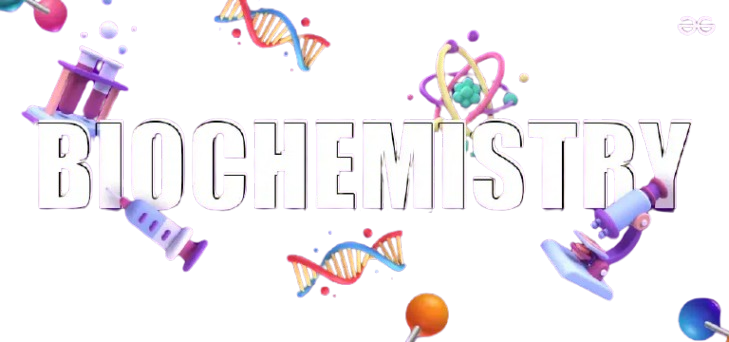10th class
-
Biology Practical Class 9th Urdu medium
Pdf file includes urdu medium notes for question number 2. Identify the specimen/model, write its reason of identification and characters tics. Question contains five specimens. bearing number 1+1 =2 x...
-
9th Class Chemistry Practical Urdu Medium – Easy Notes & Solved Experiments
The pdf file contain solved experiments for class 9th urdu medium.
-
Chemical Industries Exercise Punjab Text Book
Prepare for exams with exercises on Chemical Industries, tailored to the PTB curriculum. Focus on key concepts, industrial processes, and applications to reinforce your understanding. Short Questions (Extended Answers) Extensive...
-
Water Solved Exercise Punjab Text Book
Prepare effectively with solved exercises on water, designed for PTB curriculum. Cover essential topics like water properties, treatment processes, and industrial applications to boost your understanding and exam readiness. Short...
-
The Atmosphere Solved Exercise 10th
Prepare for 10th-grade exams with solved exercises on The Atmosphere. Cover key concepts like atmospheric layers, weather, and climate, with detailed solutions to enhance your understanding. Short Answer Questions: Long...
-
Environmental Chemistry Exercise10th PTB
Prepare for your 10th-grade exams with solved exercises on Environmental Chemistry, based on the PTB curriculum. Focus on key concepts like pollution, environmental impact, and sustainable practices. Short Answer Questions:...
-
Biochemistry Solved Exercise Punjab text book
Access comprehensive solutions to the Biochemistry exercise from Punjab Textbook Board. Simplified answers, detailed explanations, and helpful notes designed for college students to excel in their chemistry studies. Short Answer...
-
Hydrocarbons Exercise solved
Enhance your understanding of hydrocarbons with solved exercises. Cover key topics like types of hydrocarbons, reactions, and properties to reinforce your knowledge and excel in exams. Short Questions: Extensive Questions:...
-
Organic Chemistry Solved Exercise PTB
Prepare for exams with solved exercises on Organic Chemistry, designed according to the PTB curriculum. Cover key topics like functional groups, reactions, and isomerism to boost your understanding. Short Questions:...
-
Acids, Bases and Salts Solved Exercise ptb
Prepare for PTB exams with solved exercises on Acids, Bases, and Salts. Understand key concepts like pH, acid-base reactions, and salt formation through detailed solutions and explanations. 1. Name three...


